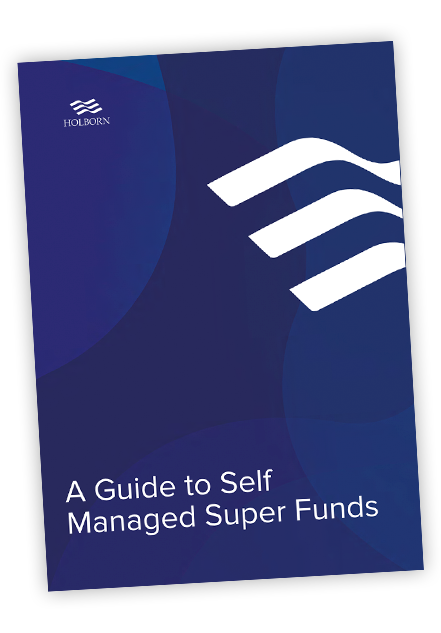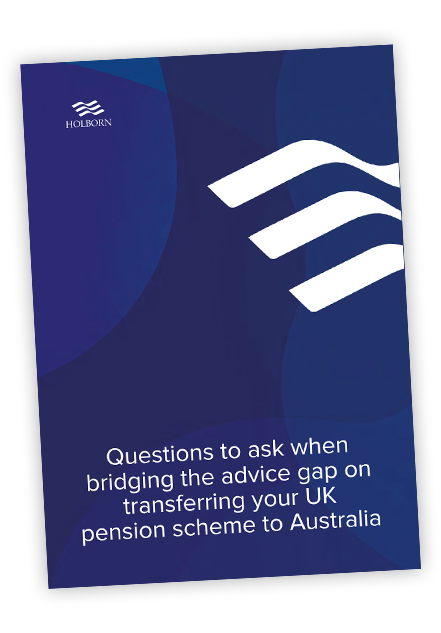Pension Transfers
Australia is a popular retirement destination, especially for British expats. If you are one of the thousands of expats looking to retire in Australia, make sure your pension is at the forefront of your retirement planning strategy
How we can help?Types of Australian Pensions
There are two main types of pension funds in Australia – superannuation (super) pensions and the Government Age Pension.
Super Funds are similar to an occupational pension scheme in the UK. They are a contribution pension, meaning both you are your employer add to it.
The Government Age Pension is the equivalent of the UK State Pension. Being eligible for this depends on a number of factors which we will cover below.
Superannuation
The Australian superannuation fund is typically the primary source of retirement income, so the choice you make surrounding it is essential. If you are unsure, you should seek professional advice.
You can access your superannuation fund once you have reached your ‘preservation age’ and retired. You can withdraw your super as a lump sum or put it into an account-based pension.
An account-based pension allows you to manage your pension savings better. Also, the fund remains invested, meaning it can continue to grow over time.
The two types of super funds are defined benefit and accumulation funds, with the latter being the most common.
Accumulation funds
With accumulation funds, your money grows over a period of time. The overall value of the super is based on the following:
- How much money is contributed by you and your employer
- The investment return generated by the fund, minus any charges of fees
Defined benefit funds
Defined benefit funds are often found in the corporate or public sectors. Many of these funds are now closed to new members, making them less common.
With this type of fund, the value of your fund is not based on the investment return. Instead, a formula is used to determine the value of your pension pot.
Defined benefit funds are typically calculated based on the following:
- The total money put in by you and your employer
- Your average salary for the last few years before retirement
- The total number of years you have worked for your employer
You should be aware that these funds usually offer generous benefits. If you decide to transfer your pension, you can’t go back. Before leaving a defined benefit fund, you should seek professional financial advice before making any decisions.
Talk to us about
Pension Transfers
Get started
Super fund categories
Super funds typically fall into one of four categories; corporate, industry, public sector or retail.
Some of these funds are open to everyone, while some are only open to people working in that sector or company. For example, public sector funds are only for people who work in government positions.
All of these funds have different features, but they are all mostly hands-off. You have some control over the investment choices, but the pension provider makes most of the decisions. For those who want more control over their pension, there are SMSFs.
What is an SMSF?
A self-managed super fund (SMSF) is a private fund that you manage and oversee.
Both you and your employer contribute, but the funds are added to your SMSF rather than a managed fund. You then have complete control over how the fund is managed. This means making all of the investment decisions yourself.
There are certain circumstances where an SMSF are beneficial. However, there is a lot of work involved, and you need to have the right expertise. Alternatively, you can have your SMSF managed for you by a specialist.

Download your free SMSF guide today
Can I Transfer My UK Pension to Australia?
You will likely have accrued savings in a UK pension pot if you’ve ever lived and worked in the UK. If you decided to move to Australia, you’ll probably want to access that money when you retire. Holborn are pension transfer specialists with the knowledge and expertise to assist and guide you through the process of transferring your pension.
Overseas UK pension transfers are possible. However, the process is challenging due to legislation between both countries. Only a Qualifying Recognised Overseas Pension Scheme (QROPS) can accept transfers from a UK pension.
Due to the complexity surrounding QROPS, you should seek pension transfer advice from a financial adviser. A pension transfer specialist will be able to advise you based on your situation.

Download your free UK Pension Transfers guide today
The Government Age Pension
Unlike the UK State Pension, the Government Age Pension in Australia isn’t contribution-based. Instead, it is financed by general tax revenues.
The Government Age Pension pays a regular fortnightly income, designed to help people with basic living expenses. According to the Australian Bureau of Statistics, around 62% of over 65s in Australia receive either a part or full Government Age Pension.
Am I eligible for a pension in Australia?
To qualify for the Age Pension, you must meet specific criteria set out by the government. The is as follows:
- Age
- Residency status
- Income tests/Asset tests
Age
The qualifying age depends on when you were born. You can use the table below to find out your qualifying age.
| If you were born… | Your qualifying age is |
|---|---|
| Before 1st July 1952 | 65 years |
| From 1st July 1952 to 31st December 1953 | 65.5 years |
| From 1st January 1954 to 30th June 1955 | 66 |
| From 1st July 1955 to 31st December 1956 | 65.5 |
| On or after 1st January 1957 | 67 |
Residency
Generally, you must have been an Australian resident for a minimum of 10 years. Five of those years must be consecutive and you need to be in Australia to apply. There are some situations where you can qualify for the Age Pension if you have been a resident in Australia for less than 10 years.
Income and assets tests
This test measures your income levels and the total value of your assets. Income includes money from the following:
- Employment
- Pensions
- Annuities
- Investments
- Earnings outside of Australia
- Salary package
Assets include, but are not limited to:
- Investment properties
- Financial assets such as businesses
- Other assets such as cars and boats
Your income level or asset value will determine your eligibility and how much pension income you receive. Whether you are a single person or a couple is also a factor. The maximum rate of pension is as follows:
| Per fortnight | Single | Couple each | Couple combined | Couple apart due to ill health |
|---|---|---|---|---|
| Maximum Pension Supplement | $936.80 | $706.20 | $1412.40 | $936.80 |
| Maximum Pension Supplement | $75.60 | $57.00 | $114.00 | $75.60 |
| Energy Supplement | $14.10 | $10.60 | $21.20 | $14.10 |
| Total | $1026.50 | $773.80 | $1547.60 | $1026.50 |
For more information on the Age Pension, visit the Services Australia website. Alternatively, for a detailed breakdown of eligibility, visit the Australian Government website. able to advise you based on your situation.


